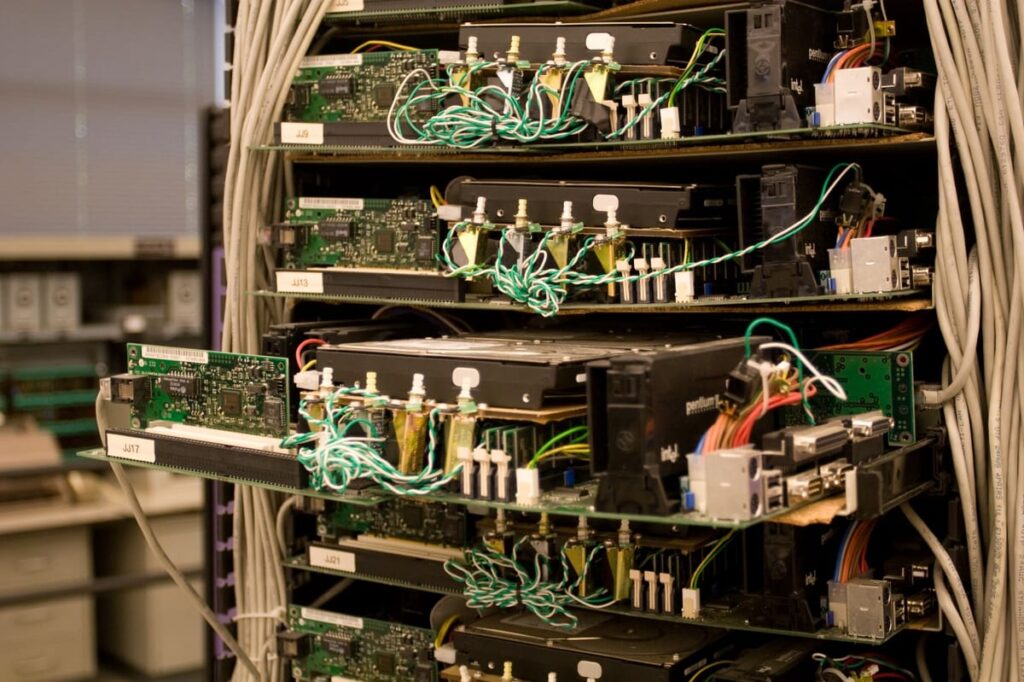If you dream of working at sea, whether on a cruise ship, commercial vessel, or luxury yacht, there is one certification you must have: the STCW certificate. This globally recognized qualification is your ticket to a safe, professional, and rewarding maritime career.
STCW stands for Standards of Training, Certification, and Watchkeeping. It sets the international benchmark for seafarer training and ensures that everyone working on board has the skills and knowledge to handle emergencies and daily operations. Whether you are just starting your career or already part of the maritime industry, understanding the importance of the STCW certificate is essential.
Let’s explore what this certification covers, why it is so important, and how you can get one.
Understanding the STCW Certificate
What Does STCW Mean?
The STCW convention was introduced by the International Maritime Organization (IMO) in 1978 and later updated in 1995 and 2010. Its purpose is to ensure that all crew members working on ships are properly trained and qualified for their roles.
The STCW certificate proves that a seafarer has completed mandatory safety and operational training as per global maritime standards. It is a requirement for anyone working in international waters. Without it, you cannot legally work on most commercial or passenger vessels.
Why the Certificate Matters
The maritime environment can be unpredictable. Accidents, fires, and medical emergencies can happen at any time. The STCW certificate ensures that every crew member knows how to respond quickly and effectively.
From fire prevention to first aid and survival techniques, the training prepares you for real-life situations at sea. It also makes you more employable, as ship operators prefer certified crew who meet international regulations.
The Main Components of the STCW Certificate
Core Training Modules
The basic STCW certificate includes four main courses:
-
Personal Survival Techniques – This course teaches you how to react in case of an emergency such as abandoning ship, using life jackets, and surviving in lifeboats.
-
Fire Prevention and Firefighting – You learn how to identify fire risks, use extinguishers, and safely respond to fires on board.
-
Elementary First Aid – This module covers basic medical care, CPR, and how to handle injuries or illnesses until professional help is available.
-
Personal Safety and Social Responsibilities – This section focuses on working safely with others, maintaining discipline, and understanding your role on a ship.
All four modules together make up the foundation of the STCW certificate. These courses are designed to give you the skills and confidence to stay calm and effective during emergencies.
Advanced and Specialized Training
Beyond the basic certification, there are advanced courses for those who want to work in specific departments such as engine, deck, or hospitality. Examples include Advanced Firefighting, Proficiency in Survival Craft, and Medical First Aid at Sea.
If you plan to work on superyachts or offshore vessels, additional training may be required. The good news is that once you complete your basic STCW course, you can easily upgrade as your career progresses.
The Process of Getting an STCW Certificate
Where to Take the Course
You can take the STCW training at any maritime academy or approved training center accredited by your local maritime authority. Many academies offer both in-person and blended learning options. Before enrolling, ensure the institution is recognized internationally so your STCW certificate will be valid across borders.
Most basic courses take around five days to complete. The training combines classroom lessons with practical exercises such as firefighting simulations and survival drills in water.
Requirements and Eligibility
Anyone over the age of 18 can apply for the STCW course. You do not need prior experience at sea, which makes it perfect for beginners. You should be physically fit, as the training involves some physically demanding tasks.
Once you complete all the modules, you will receive your certificate of proficiency. This document proves that you meet international maritime safety standards and are qualified to work at sea.
The Global Recognition and Validity of the STCW Certificate
A Worldwide Standard
The STCW convention applies to over 160 countries, making it one of the most recognized certifications in the maritime world. Whether you work on a cargo ship, offshore rig, or private yacht, your STCW certificate ensures that you meet the same training standards as seafarers worldwide.
Employers across the globe trust this qualification because it reflects a consistent level of competency. This means you can apply for jobs almost anywhere with confidence, knowing your skills and certification are valid internationally.
Renewal and Revalidation
The basic STCW certificate is valid for five years. After that, you must complete a refresher course to renew it. This ensures that your skills remain up to date with the latest safety practices and technologies.
The refresher training is usually shorter and focuses on practical updates. Staying current not only keeps you compliant but also keeps you sharp and ready for emergencies.
Benefits of Having an STCW Certificate
Increased Job Opportunities
The maritime industry is competitive, but having an STCW certificate gives you an advantage. Employers look for crew members who are trained, reliable, and compliant with international regulations.
Whether you are applying for a position on a cruise ship, superyacht, or offshore vessel, your certification makes you a preferred candidate. It shows you are serious about your career and committed to maintaining safety standards.
Improved Safety and Confidence
Working at sea involves unique risks. Having proper training ensures you can handle emergencies calmly and efficiently. The STCW training boosts your confidence by equipping you with practical knowledge and experience.
Knowing that you are prepared for anything not only helps you stay safe but also contributes to a safer environment for everyone on board.
Career Growth and Flexibility
Once you hold an STCW certificate, you open the door to many career paths in the maritime world. You can start as a deckhand, engineer, or steward and gradually work your way up.
As you gain experience, you can add advanced STCW courses to your qualifications. This flexibility makes it easy to adapt to different roles or switch between commercial shipping, offshore, and luxury yachting sectors.
Choosing the Right Training Center
What to Look For
When selecting where to complete your STCW certificate, choose a training center that is approved by recognized maritime authorities. Look for experienced instructors who offer hands-on training and use real-life scenarios.
It is also helpful to check reviews from previous students and confirm that the course includes both theoretical and practical components. A good training environment ensures that you leave the course confident and ready for your maritime career.
Additional Support and Guidance
Some training centers offer career guidance and help with job placement after you complete the course. This can be especially helpful if you are new to the industry. They may also provide options for upgrading your STCW certification as your career advances.
Choosing the right institution can make your learning experience smoother and more enjoyable while giving you a head start in your maritime journey.
How to Prepare for Your STCW Course
Physical and Mental Readiness
Before you begin the course, it helps to be prepared both physically and mentally. Some parts of the training, like firefighting and survival exercises, require endurance and strength. Maintaining good fitness will help you complete these activities successfully.
Mentally, be ready to learn practical safety techniques, teamwork, and problem-solving under pressure. These are essential skills for life at sea.
What to Bring and Expect
Most centers provide all necessary equipment, such as safety gear and uniforms, during the training. You may be asked to bring personal identification and proof of medical fitness. Expect a mix of classroom instruction and hands-on practice.
By the end of your course, you will have the confidence to respond effectively to emergencies and contribute positively to your crew’s safety.
Conclusion
The STCW certificate is not just another document. It represents your readiness, professionalism, and dedication to safety in the maritime industry. It opens doors to global job opportunities and equips you with life-saving skills that can make all the difference in emergencies.
If you plan to build a career at sea, investing in your STCW training is the first and most important step. It gives you the foundation to grow, explore, and succeed in the world of maritime adventure.
With the right mindset and training, the ocean becomes not just a workplace but a place of purpose, pride, and endless opportunity.



